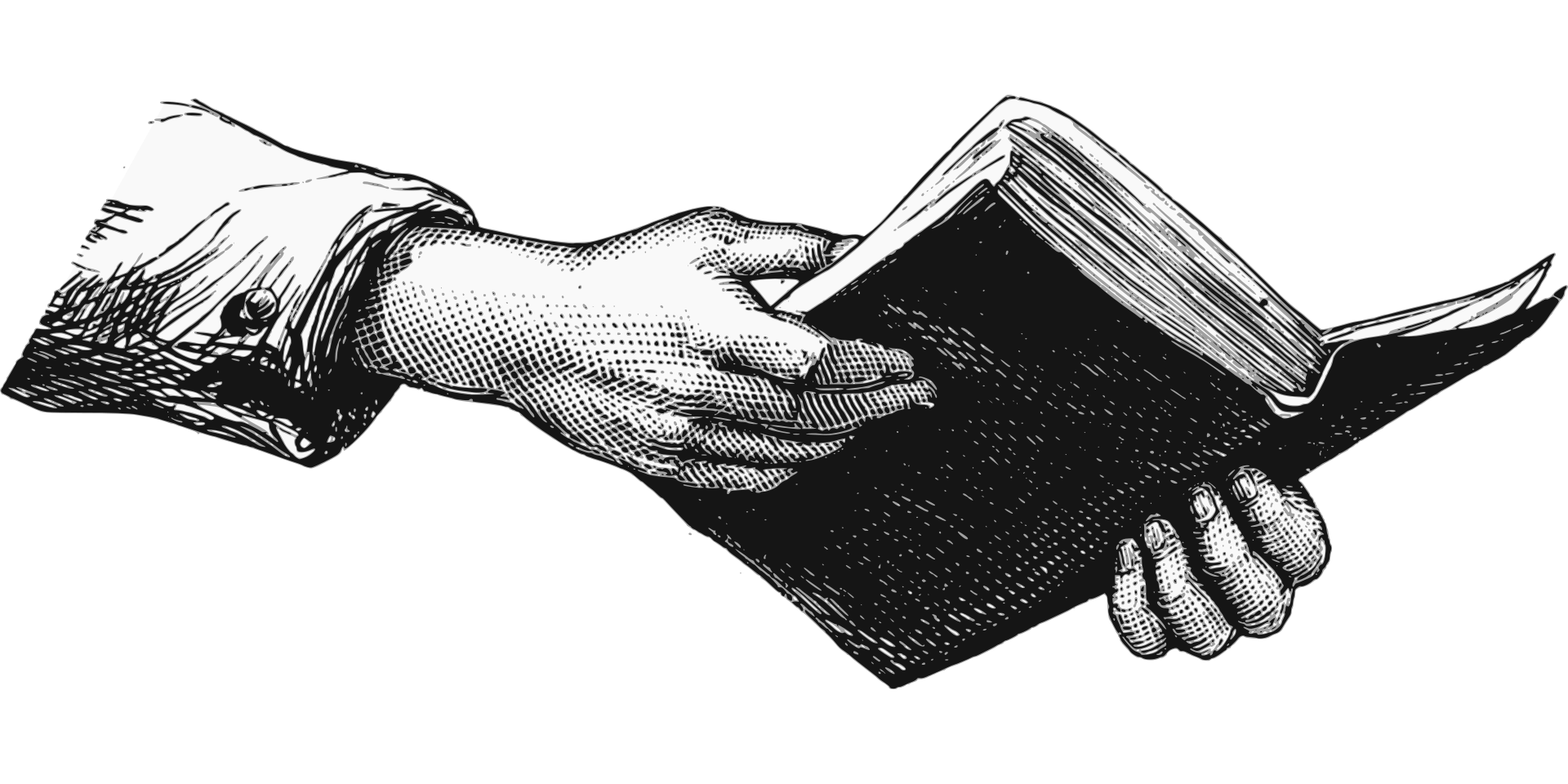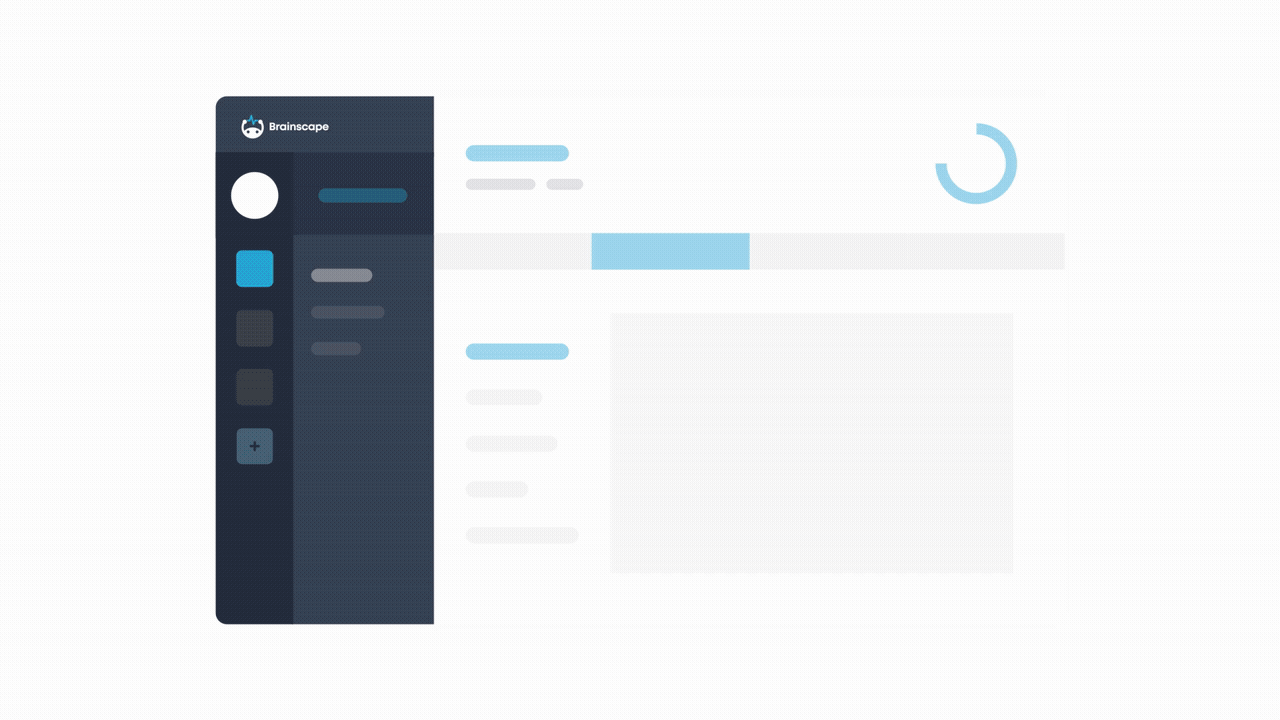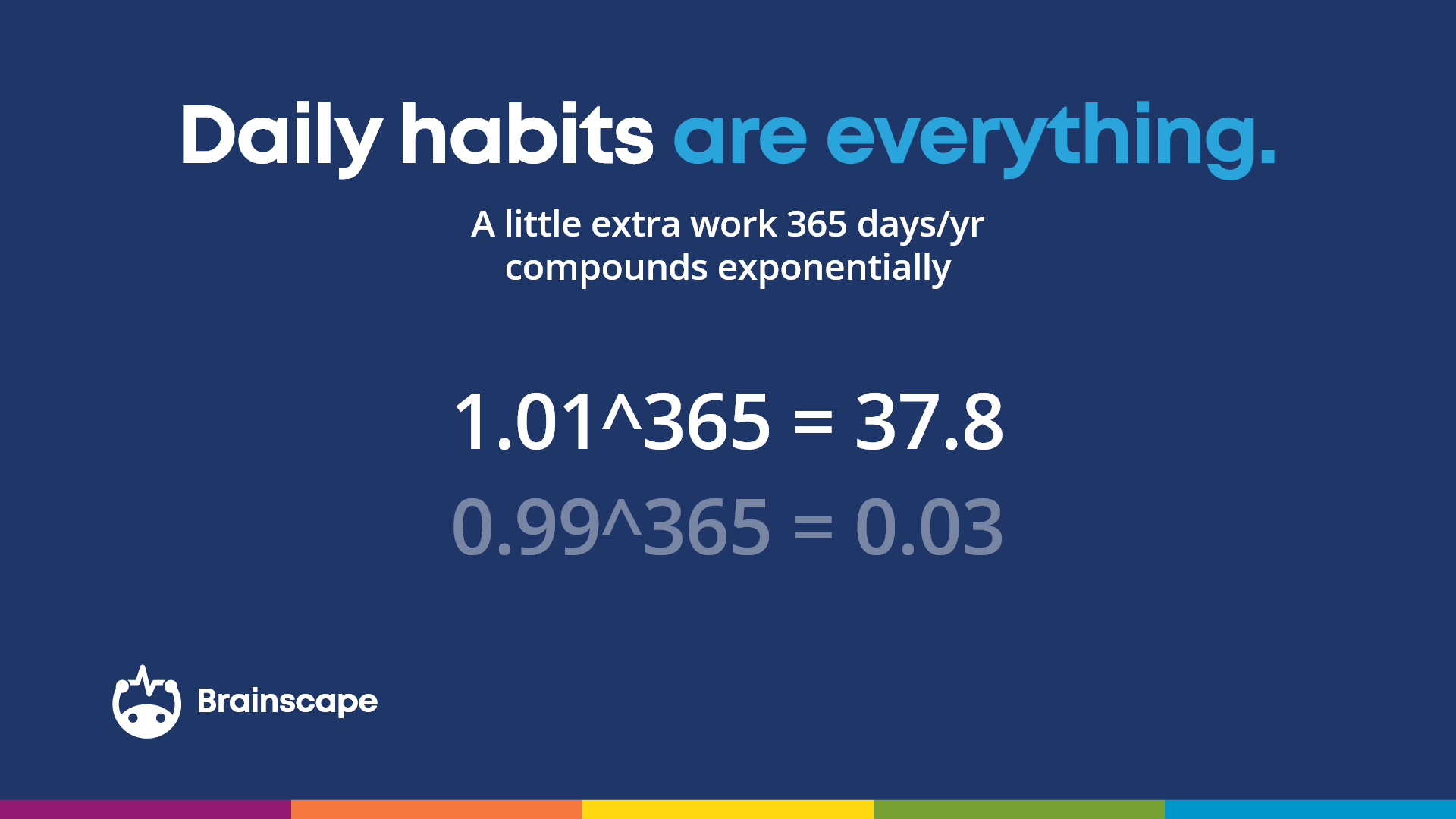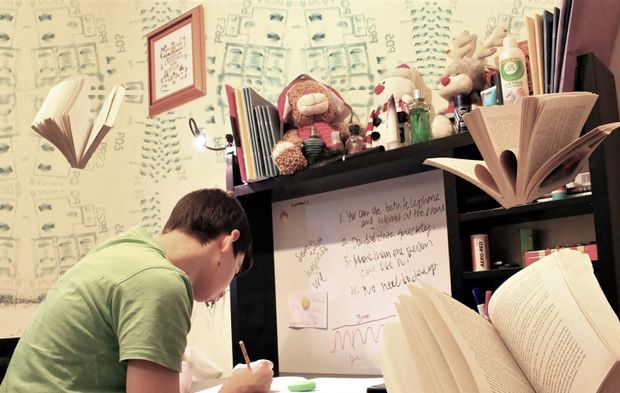When you were maybe five years old, you learned to read. ‘A’ is for apple, ‘B’ is for ball, ‘C’ is for cardioencephalomyopathy, and so on. You were probably fluent in reading by ten or fifteen, and that was that. Reading accomplished.
Except …
There’s more to reading than just understanding the words on the page. At Brainscape, we're experts at studying effectively. Our study experts differentiate between passive reading (or, as many people in these social media times do, skimming) and active reading.
Active reading is a different animal altogether.
Active reading is what you want to do when you’re learning new concepts. It’s what you do when you want to remember what you’ve learned. This especially true when you’re reading a textbook.
Knowing how to read a textbook properly is one of the most important ways to study effectively with less effort.
In this guide, you’ll learn how to read a textbook so that you retain and integrate what you’ve learned. The steps we go through will make the reading process a little longer at first but will save you hours and hours of study time later on because what you’ve read will have been stored in your long-term memory.
Passive reading (aka skim reading) vs. active reading
These days, most people skim read. It’s not entirely our fault. We’ve been conditioned by the endless scroll of social media channels and news feeds. The TL;DR (Too Long; Didn't Read) approach may be fine when dealing with your aunt’s five-page email about her holiday in Ogallala, Nebraska, but it’s doing you a serious disservice when it comes to reading your textbook to prepare for a vital test.
Normal reading is using your brain like a car coasting in neutral, while you skim through a chapter. Active reading puts your brain in gear, so you’re actually putting data into your memory banks as you read.
The key to active reading is putting your brain into a question-answering, problem-solving gear. And if you prime it with questions before you start reading, it will attempt to answer them.
Here's how you can do that.
[Check out: Bionic reading method: read like AI, think like a human]
How to read a textbook using active reading

Tip 1. Prime your brain for learning
Before you start reading, spend a few minutes with the ‘what you will learn in this chapter’ section. Just sit with it, and think about it as if you’re about to take a test straight after finishing the chapter.
This puts your mind in a different mode, one where it’ll be actively looking out for the facts, concepts, and information you’ve brought to its attention. In this mode where we're thinking about and predicting what to expect, we learn better.
Our brains are efficient. They’re bombarded with information all the time, and they discard 99% of it as unimportant.
It’s like the safety briefing before a plane flight. Everyone switches off their brain as soon as it starts because it doesn’t seem relevant. But supposing the pilot began it with: “You know, I have a strange feeling about this flight. One of the engines has been making funny noises, and three black cats crossed my path on the way here …” Everyone would listen a lot more closely to where the exits were and how their life jacket inflates.
Briefing your brain on what to look out for before you start means you’ll be more sharply focussed, and retain information better.
If there’s no ‘what you will learn’ at the start of the chapter, either do a quick skim read to pick up the important points, then think about them for a minute or two, or read the chapter summary at the end.
Tip 2. Imagine how the information might show up in the exam
If you’re reading your textbook because you have a test later, try to predict what the exam questions will be. This prompts your brain into interpreting the material as important, and that it, therefore, needs to concentrate and commit it to memory.
Context is everything. It explains why you’re reading a 37-page chapter on quantum mechanics. And that context is the examination at the end of the term, semester, or year. If that isn’t motivating enough, you may need to remind yourself of your larger career goals. Connecting what you read to something very important in your life will help you stay focused.
Tip 3. Use your hands

There’s quite a bit of research showing that writing notes by hand helps memory retention. It’s not exactly the same, but using your hand to underline or highlight important points does help commit them to memory.
You’re switching your brain into more active engagement when you do this, and the highlighting will help later when you’re studying for an exam.
Tip 4. Become the teacher and teach yourself
At the end of each chapter, before triumphantly slamming your book shut, pause. It’s time to give yourself a lecture on what you’ve just learned. Out loud, deliver a summary of the chapter to yourself, a friend, flatmate, lover, or pet.
Why?
Because teaching out loud is one of the most effective ways to solidify new knowledge. This is called the Feynman Technique, after the Nobel award-winning physicist who came up with it: Richard Feynman.
Imagine you’re teaching this chapter to someone who’s never studied this subject before. Outline the key points, the central concepts, and how they relate. Be thorough and don’t assume any baseline knowledge of the subject.

You’re doing four things here:
- You’re reviewing what you’ve learned again, which more deeply engraves the new memories you’ve just created.
- You’re putting this new knowledge into your own words, thus making additional connections your brain can use for retrieval later.
- You’re using a different mode to consolidate the information: verbal, rather than visual.
- Finally, you’re employing free recall ...
Free recall means you’re retrieving information from your memory without any cues. (Cued recall would be answering multiple-choice questions, and it’s a much less effective way to learn.) When you have to deliver a mini-lecture, as you talk, your brain is busy hunting out the relevant information and stringing it together in logical, cogent threads.
This really strengthens connections for your memory to use later.
Tip 5. Take study breaks when you need to
If you zone out, take a study break! It’s quality, not quantity that’s important here. Your brain is like a muscle that gets tired from use and if you don’t give it a rest, you’ll waste time trying (and failing) to onboard new information. Having said this, there are things you CAN do to build your attention span so that you’ll be able to concentrate for longer.
Tip 6. Read ahead of lectures

Now you know how to read a textbook properly, let’s look at the best time to read.
Reading a relevant chapter before a lecture sounds like a lot of extra work but it actually saves you study time later on, not to mention a nasty case of carpal tunnel from desperately trying to take down study notes in class. Reading beforehand actually primes your brain for learning and allows you to walk into class armed with:
- An overview of what to expect,
- A preliminary understanding of the material,
- And the areas in which you’re a little uncertain.
Your lectures will carry so much more weight and learning potential if you structure your studies this way, rather than walking into class without a clue and using this precious time with a teacher to write everything down.
Tip 7. Create your study materials
Once you've read the textbook and been to the lecture, it's a great time to make flashcards. Doing this now (rather than waiting until right before the exam) will consolidate the knowledge and make it easier for you to study later.
In essence, you’re front-loading your study time. As any good gardener knows, the seeds you sow now will bear fruit later. Spend a little more time now putting information into your long-term memory, and when it comes time to revise for your test, you’ll be way ahead.

We’re not at all biased (or maybe we are) but know that Brainscape is the best damn flashcard tool out there for serious learners. Science says so. The Brainscape algorithm paces your learning so you absorb new knowledge twice as fast. This is done via spaced repetition: introducing new information at the right rate for your brain to absorb it, and revisiting it at the perfect time for your brain to store it in long term memory.
Active recall and spaced repetition help you become a learning machine, and with our online flashcards app, you can study anywhere, taking advantage of small pockets of time to master your subjects.
Make active reading a habit
Now you know how to read a textbook and actually remember what you learned.
The final step to becoming a learning ninja is to make all this a habit, and incorporate active reading and Brainscape flashcards into your overall study habits . This might feel like a fair amount of upfront work, but once it's an automatic and non-negotiable part of your studies, you'll end up spending less total time studying.

You’ll become one of those annoying students who have plenty of time to do fun stuff during study week, and still walk away with top grades. Just as importantly, knowing how to engage in active reading will turn you into an effective-life long learner.
At Brainscape, we believe being able to master hard subjects is a skill that compounds over time, and will put you on a career trajectory that leads to exciting places.
Sources
Allen, M., LeFebvre, L., LeFebvre, L., & Bourhis, J. (2020). Is the pencil mightier than the keyboard? A meta-analysis comparing the method of notetaking outcomes. Southern Communication Journal 85(3), 143-154. https://doi.org/10.1080/1041794X.2020.1764613
Cohen, P. A., Kulik, J. A., & Kulik, C. L. C. (1982). Educational outcomes of tutoring: A meta-analysis of findings. American Educational Research Journal, 19(2), 237-248. https://doi.org/10.3102%2F00028312019002237
Küçükoğlu, H. (2013). Improving reading skills through effective reading strategies. Procedia-Social and Behavioral Sciences, 70, 709-714. https://doi.org/10.1016/j.sbspro.2013.01.113
Pressley, M., & Afflerbach, P. (1995). Verbal protocols of reading: The nature of constructively responsive reading. Routledge.
